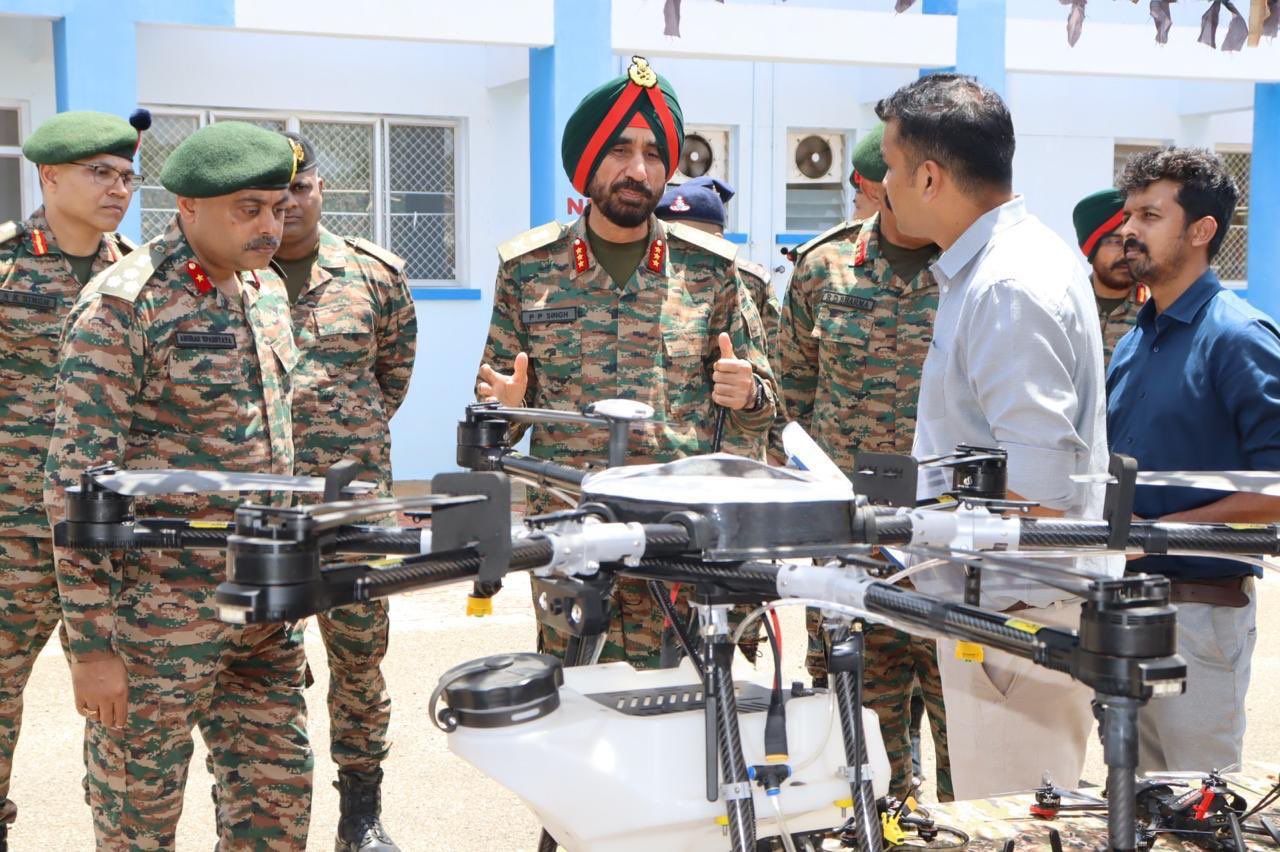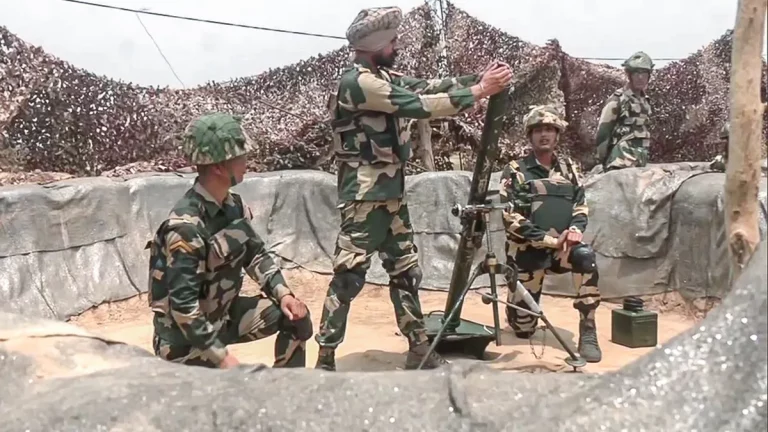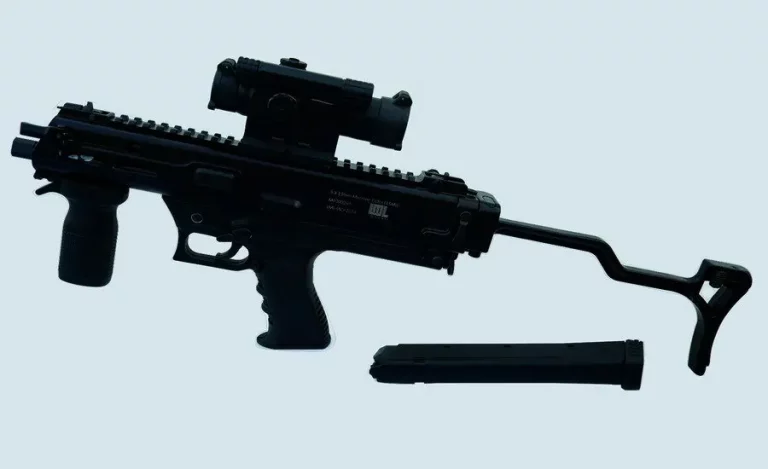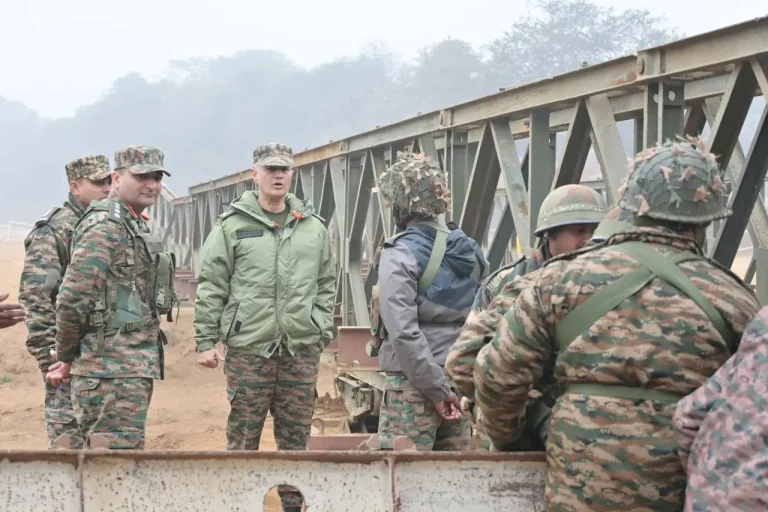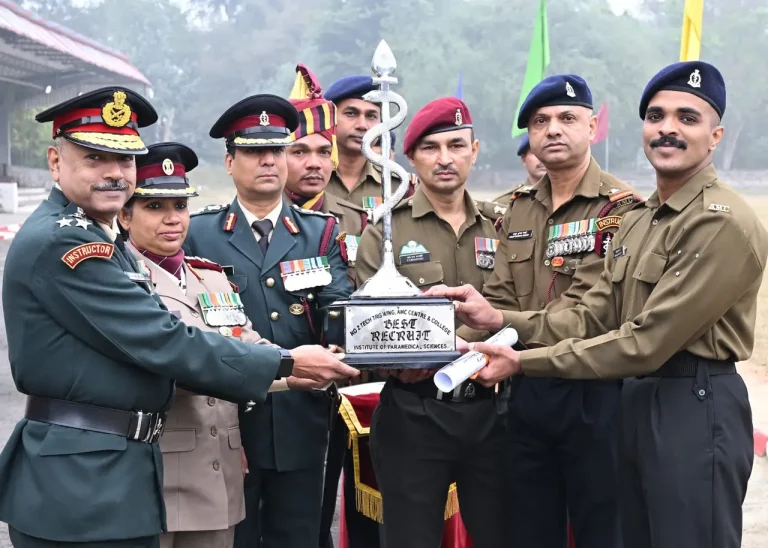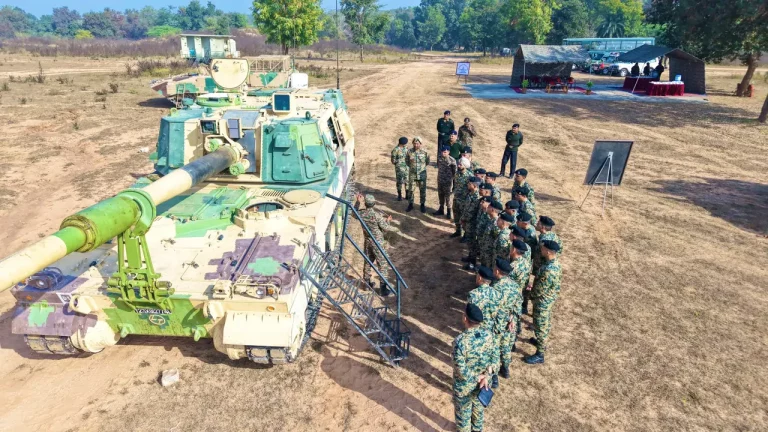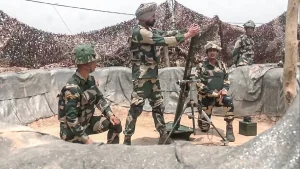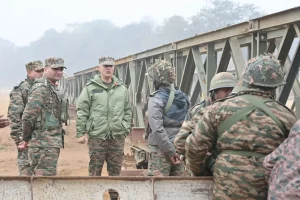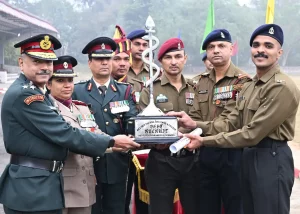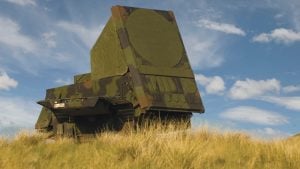During a recent high-level review, Lieutenant General Prit Pal Singh, the General Officer Commanding of the Sudarshan Chakra Corps, inspected the Indian Army’s only amphibious warfare formation at the Amphibious Brigade of the Bison Division. This review emphasized the Army’s operational capabilities and technological advancements, highlighting its readiness for modern warfare while showcasing an increasing commitment to indigenous defense solutions.
The 54th Infantry Division, which was established in 1966, conducted a series of combat drills and readiness procedures specifically designed for amphibious operations. This division is renowned for its historic contributions during the 1971 Battle of Basantar, where it was awarded 196 gallantry medals, including two Param Vir Chakras. The review reaffirmed its strategic significance in India’s coastal and maritime security framework.
A pivotal element of the General Officer’s visit was his engagement with the Kerala Startup Mission (KSUM), a government initiative that has fostered a thriving ecosystem for over 3,000 startups since its inception in 2006. This interaction sought to explore collaboration opportunities between the Army and civilian technological innovations, particularly in cutting-edge areas such as artificial intelligence, drone technology, and hardware design. This partnership aligns with the Atmanirbhar Bharat campaign, which promotes self-reliance in defense and technology sectors.
During the review, the Amphibious Brigade also demonstrated its advanced drone capabilities, marking a significant shift towards integrating unmanned systems into both surveillance and strike operations. Recent global military studies, including insights from the RAND Corporation, indicate that more than 50 percent of modern militaries are utilizing drone technology in live operations—a trend that the Indian Army is progressively embracing.
This review represented a broader evolution in the Indian Army’s strategy, blending its historical combat expertise with contemporary innovations and fostering civil-military partnerships. These developments ensure that the Army remains agile and adaptive, primed to face multi-domain threats in an increasingly complex battlefield landscape.
